Technology
Jump: the next battery-swap technology?
10 March, 2020
I already wrote about the importance of battery management in the past and made it a key point for the development of shared micromobility services in 2020. Today, Jump is going a step further to explore the possibilities: during the Cosmo Safety Tour in Paris, it unveiled its latest e-scooter model with the same swappable battery as its e-bike brother, compatible with their charging kiosk. Sources confirm that the technology will be available in Paris if Jump’s is selected in the on-going tender.
NextGen battery management technology
Jump bets on three important principles: swappable batteries, that can fit on the whole range of micro-vehicles, and allowing user handling.
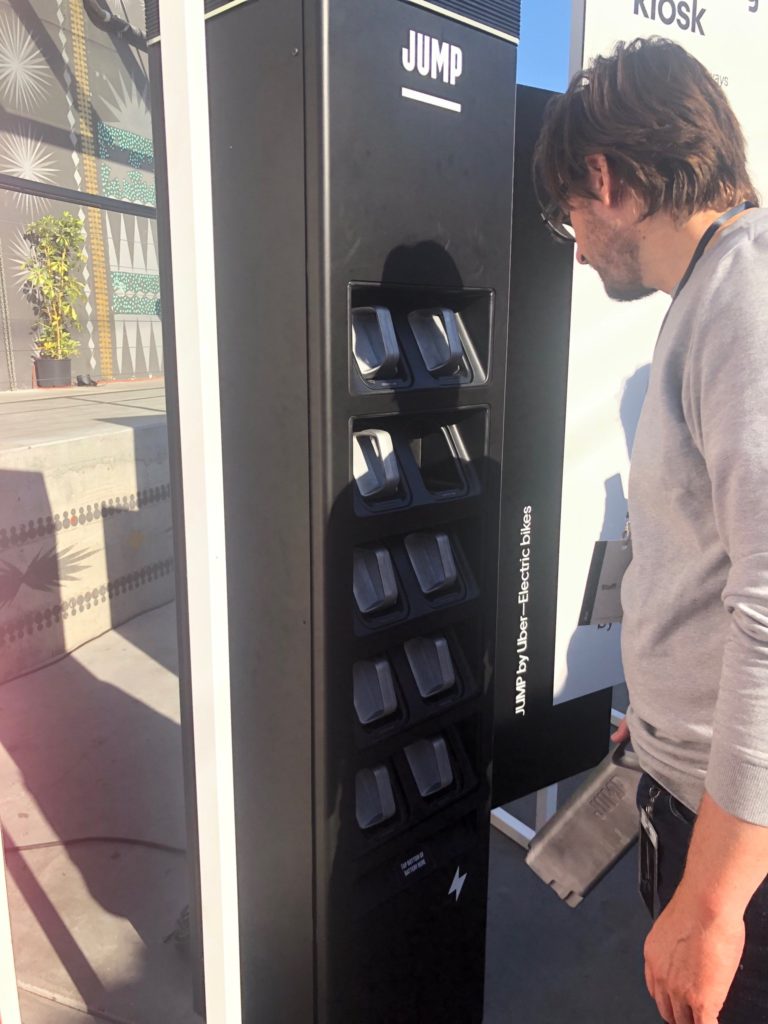
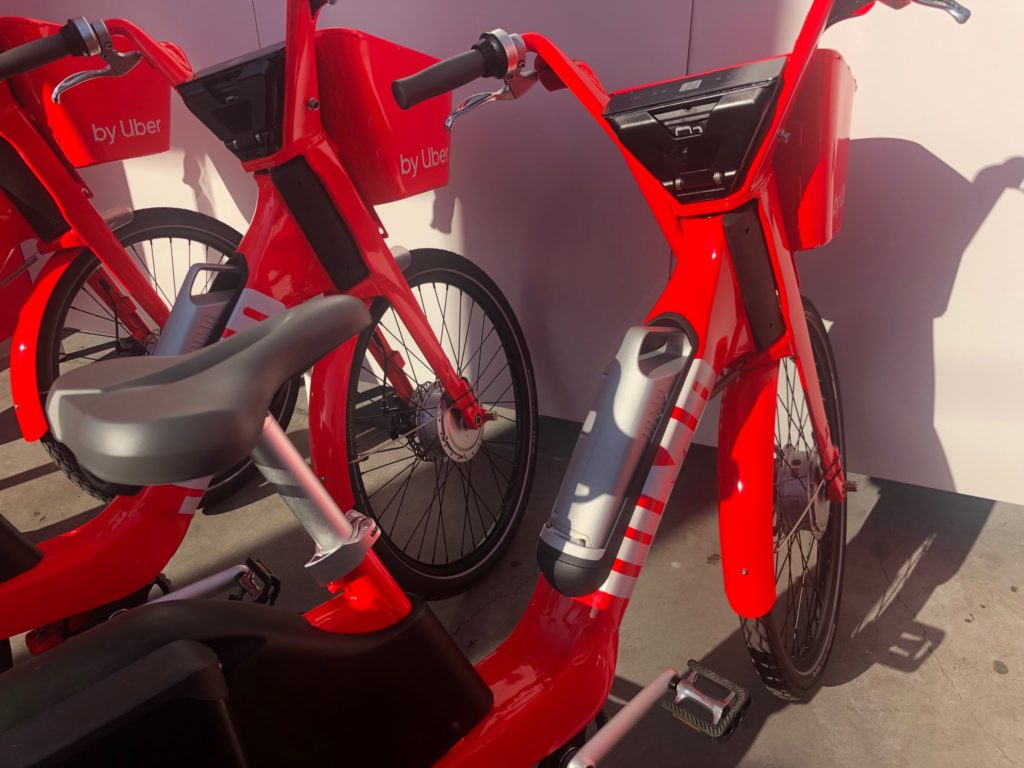
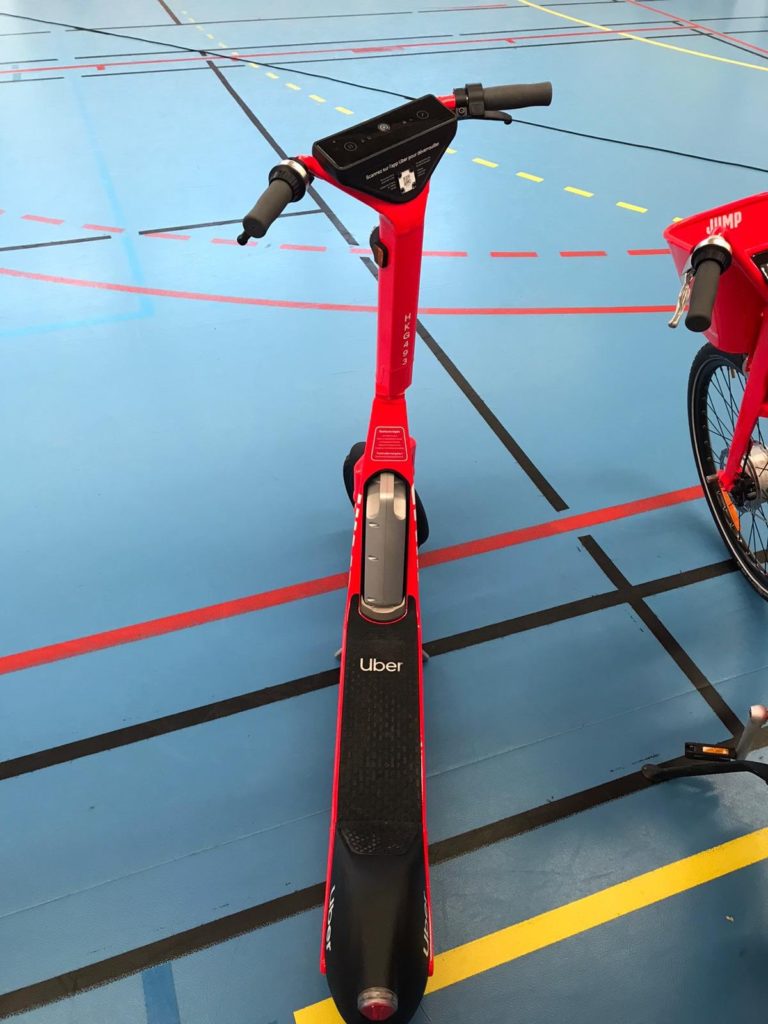
Credits : Mobility Makers 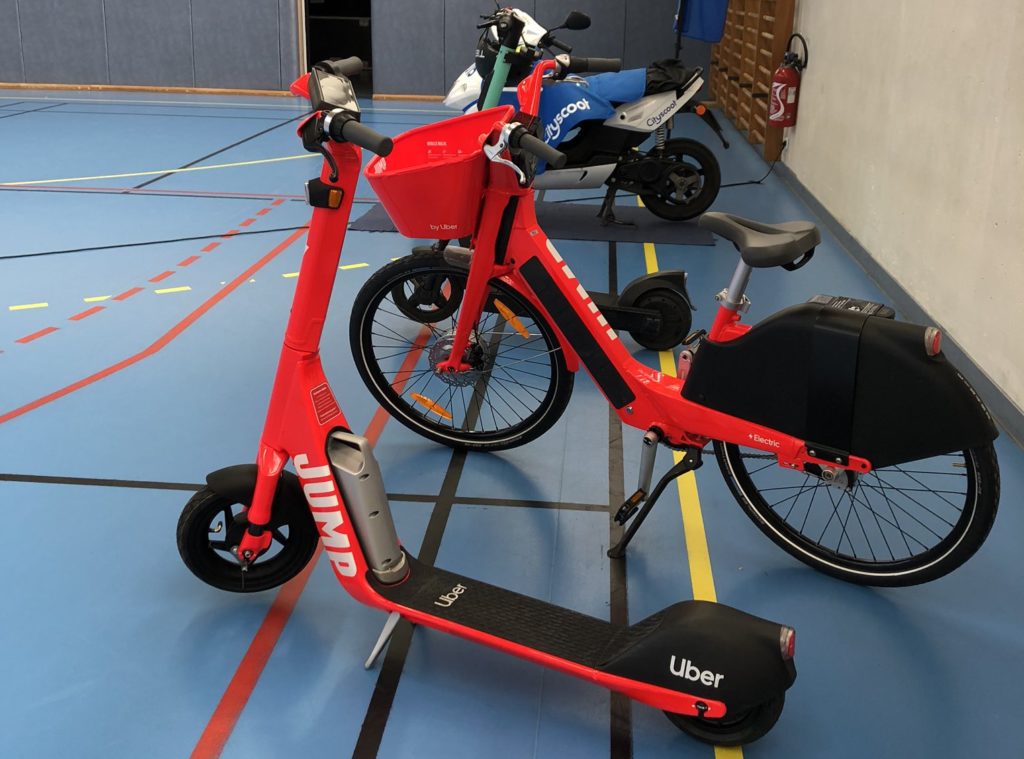
Credits: Mobility Makers
Swappable batteries are now considered as a must for operators of electric vehicles, would it be scooters, bikes or mopeds, as it cuts a large part of the charging costs and improves vehicles availability: operator’s logistics vehicles are carrying lower cargo volumes (batteries instead of vehicle) to the charging facilities, handling is easier and faster with batteries alone, and operators need fewer vehicles to ensure a certain fleet size.
The market trend sees more and more operators becoming multimodal, and in the strategy of optimising operational costs, mutualising all the processes around the battery for all kind of vehicles is natural. Battery swapping teams can take care of all kind of vehicles on the field, and batteries will follow a single standard process at the charging facility.
The final step to cut on battery charging costs is… to transfer it to the user! This is what Jump is working on: batteries are designed to be easily handled by anyone, and the kiosk unveiled in September 2019 is designed for public land.
Other experiences
Sharing OS was working on such a solution with a battery fitting in scooters, bikes, mopeds and even a mini-car. But to my knowledge, it has not been live tested yet, the company
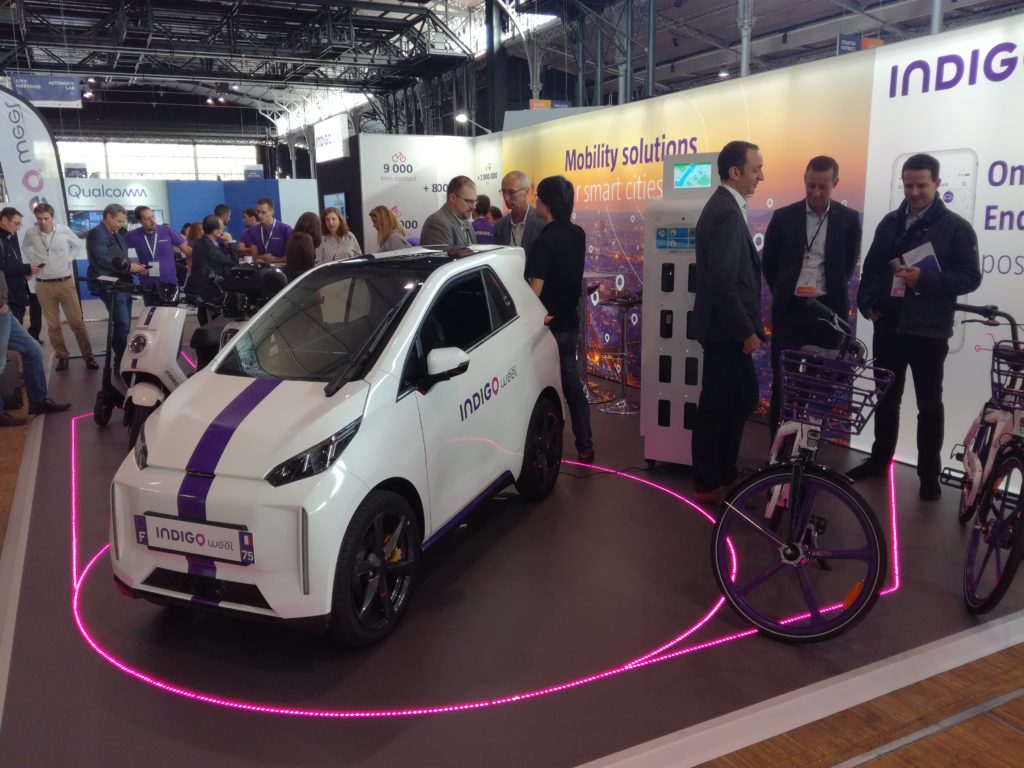
Shared micromobility operators can be divided into two categories.
- Those who integrate different vehicles without fully designing it and controlling the battery design. Lyft, who is using the Segway Max scooter model, or Tier, who just bought Coup mopeds, will have to work hard to adapt their home-designed e-bikes or scooters.
- Those who choose to develop all their vehicles, allowing easier integration of the battery. Pony’s CEO Paul-Adrien Cormerais confirmed that the batteries of the Double Poney will be interoperable with the future e-scooter and e-bike models; Dott or Voi should follow the same strategy when designing their e-bikes.
A viable solution?
Jump’s singularity – although Tier may follow suit – remains in its choice to integrate the end-user as a battery charging workforce. Its commercial strategy to convince riders will be the key point: What is the operator ready to “pay” to the user to get help on the battery swap? Free trips, free unlock… Battery charging will not be free, whatever the solution. I’m not convinced yet about the interest of such a solution for shared mobility services – Gogoro proved in Taiwan that it has value for privately owned vehicles.
Another challenge remains in the integration of the charging kiosk in the urban landscape. As mobility expert Augustin Friedel states:
So how will the mess look like if every scooter provider is coming up with its own concept? 10 different [battery] swapping stations at every corner and confused users? Not really an improvement if there is no standard…
Negotiations with authorities will be difficult for that reason, and operators might have to sign agreements with private companies owning a dense enough network of shops (grocery stores…), but that will not really help to get straight forward user experience.